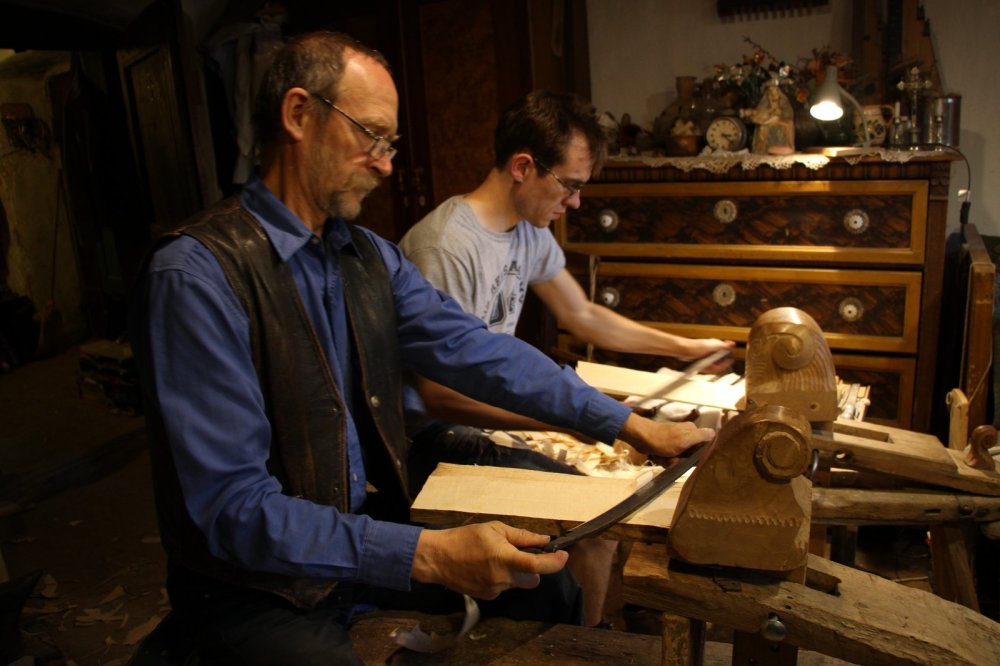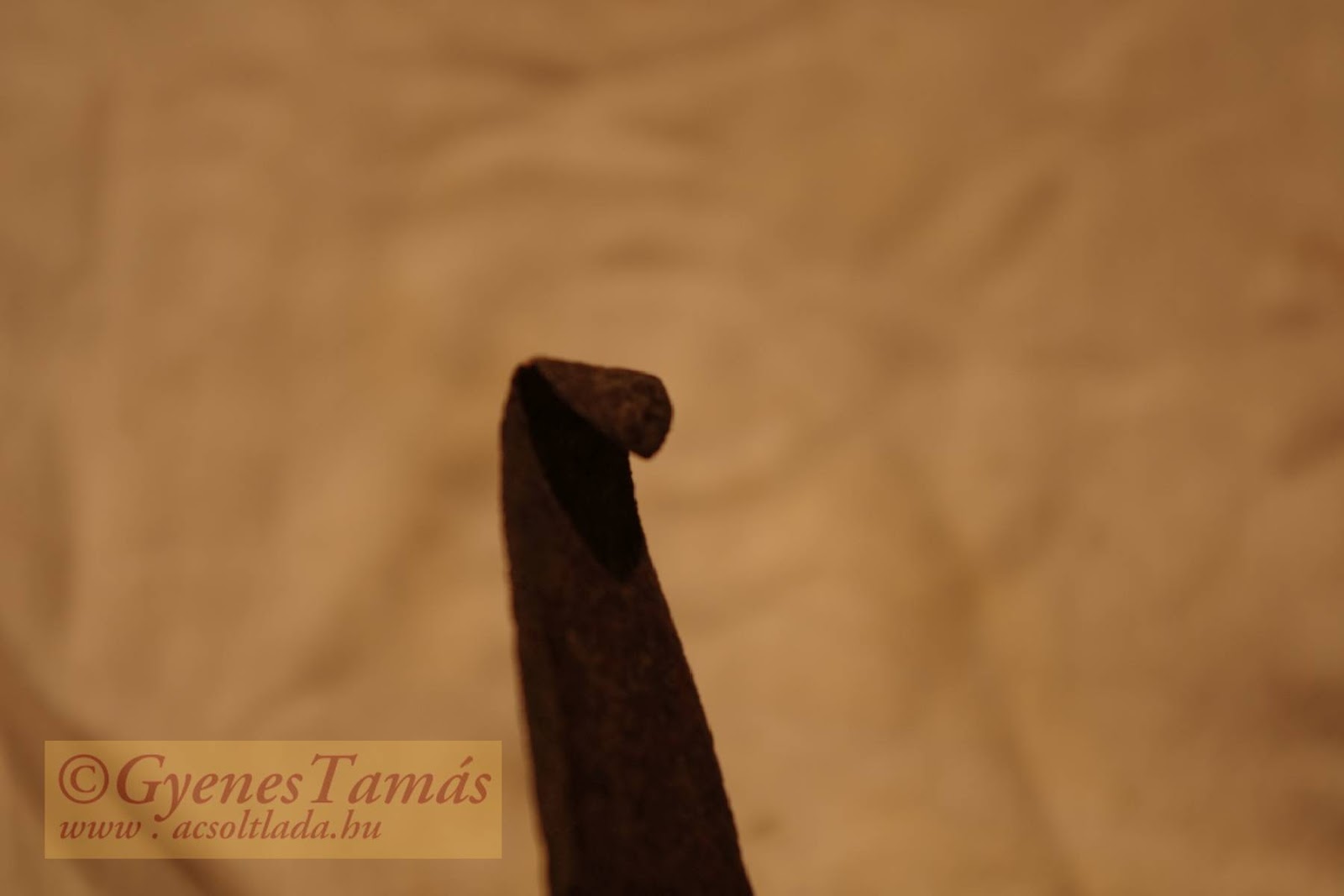Looked to me it was just like a saw in that one end scratched or scored the line, the other end cleaned the line out. I was also amazed it was made in 1955, or at least that is what was on the screen at the end of the film. Might have been a lot earlier as only hand tools used, and I noticed he was wearing what looked to be Army issue hobnailed boots. His wife did a lot of the heavy work too. I guess I should have not been surprised at the year it was made if it was in fact 1955. In the mid to late 70's we had a man in our unit who had escaped from Bulgaria. One day I gave him a ride home to his quarters on post and he was telling me that when he was a kid in Bulgaria, which would have been around that same time, his ambition in life was to ride in a car, not own a car, but just ride in one. Then he said that the Communists tried to tell him how good life was under Communist rule, but now he OWNED two cars and what would they say about that? In any case a very interesting film, thanks for posting it. John






